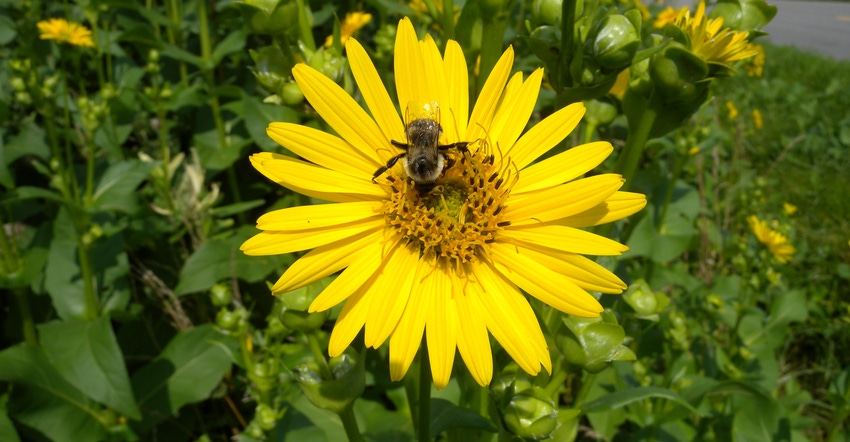October 5, 2021

Are you more the glass-is-half-empty or glass-is-half-full person? Thanksgiving is a great time to reflect on life and this past crop season, and to be truly thankful for our many blessings. So, let’s look at it from the optimistic glass-is-half-full perspective.
We’re fortunate to farm in the U.S. and Indiana. Through all the various challenges, we’ve got it good: bountiful harvests, mostly good yields, nice prices and much more.
We’re thankful for the food, feed, fuel, fiber and forage produced by Indiana’s farmers. Most of your traditional Thanksgiving Day meal is grown domestically. The turkey was likely grown in Indiana, and fed by Indiana corn and soybeans.
While being thankful for family, friends, food and good health, we’re also thankful for our Indiana soils. While some farmers would like good Iowa or Illinois “dirt,” the soils in Indiana are nothing to sneeze at. Not all soils were created equal — productivity potential, texture and drainage vary. Overall, Indiana has it good.
Glaciers and vegetation from prairies and forests set things up. Modern genetics, bountiful inputs, tile and technological advances help too. As degradation of this valuable resource happens, through erosion or tillage, we have tools and technology, thankfully, to slow or stop soil loss and even improve our soils.
At one time not too long ago, nearly all our fields were plowed by a moldboard in fall. Progress was made, and we, thankfully, no longer do that. According to the Indiana tillage transect, conducted by the Indiana Conservation Partnership, about 50% of our total cropland is planted by some sort of conservation tillage, which leaves more than 30% residue cover after planting. And about 35% of the total cropland is planted with no-till or strip-till practices. Plus, about 10% of our cropland is planted with some sort of living cover over winter.
Congratulations and thanks go out to every farmer and landowner who has adopted some sort of conservation tillage system and living covers!
Advances in wildlife
While we still have water quality challenges with runoff into the Great Lakes and the Gulf of Mexico, we have made some progress and continue to be thankful that our current water quality is good enough to support Indiana wildlife. For instance, the reintroduction of the bald eagle to Indiana was started in 1985 near Lake Monroe. In 2020, the Indiana Department of Natural Resources estimated over 350 nesting territories across the state.
River otters were also reintroduced to Indiana in 1995. Due to a variety of reasons, including improved water quality, we now sustain populations of both. True, our waterways and their runoff points in Lake Erie and the Gulf of Mexico continue to ask us to do more, but as the saying goes, “We’ve come a long way, baby.”
Thankfully, we’re doing better, and yet, we challenge you to take the next step. Reduce erosion with one less tillage pass, with the ultimate goal of moving to no-till or strip till. Maintain and improve soil health by planting cover crops. Tweak and improve your soil, nutrient, fuel and water use.
We’re thankful for strides farmers and landowners have made with conservation to protect and improve our bountiful soils and wildlife. Now, go get a few more slices of turkey.
Bailey is the state conservation agronomist and Tharp is a district conservationist, both with the Natural Resources Conservation Service. They write on behalf of the Indiana Conservation Partnership.
You May Also Like




